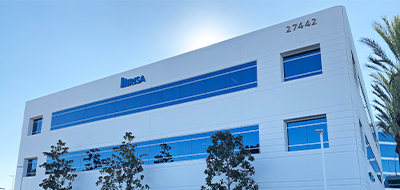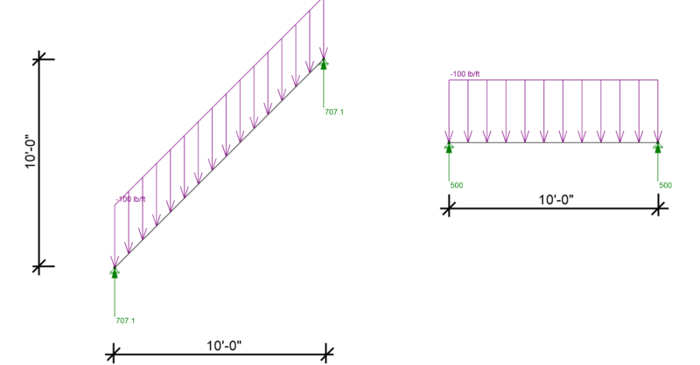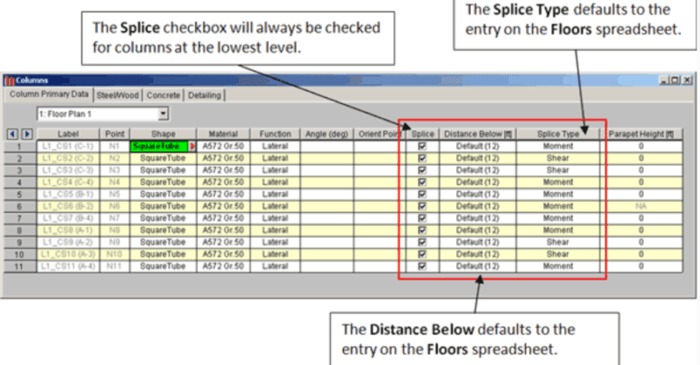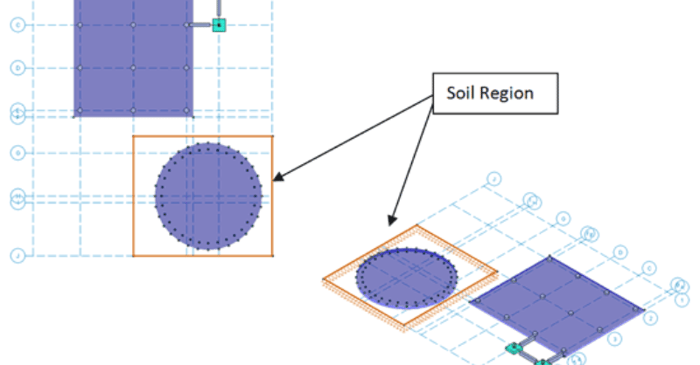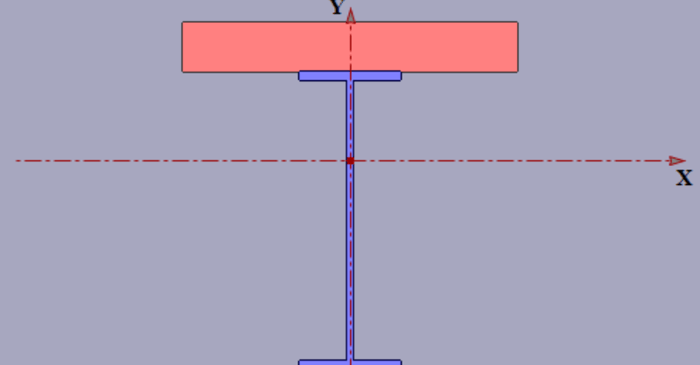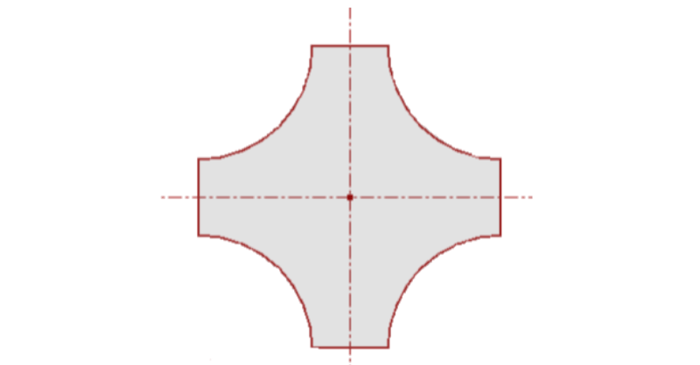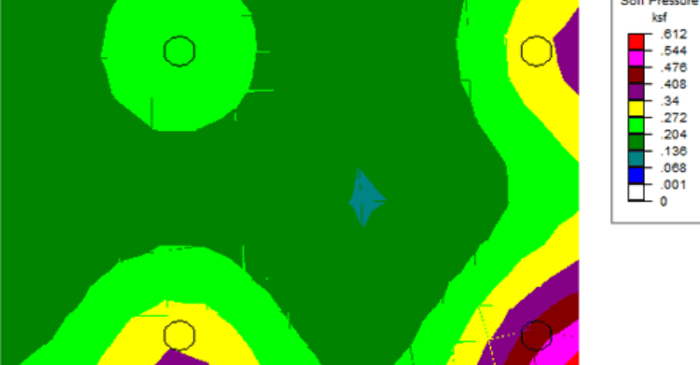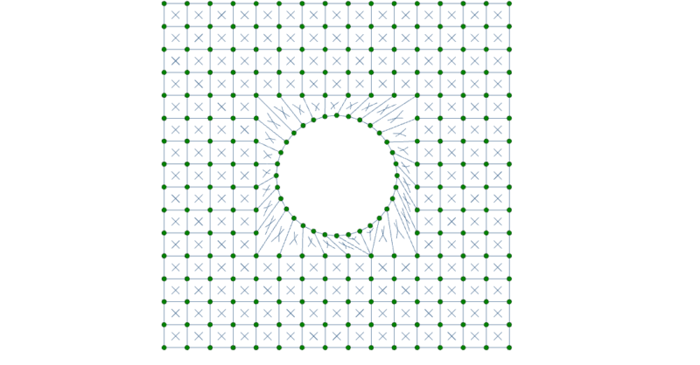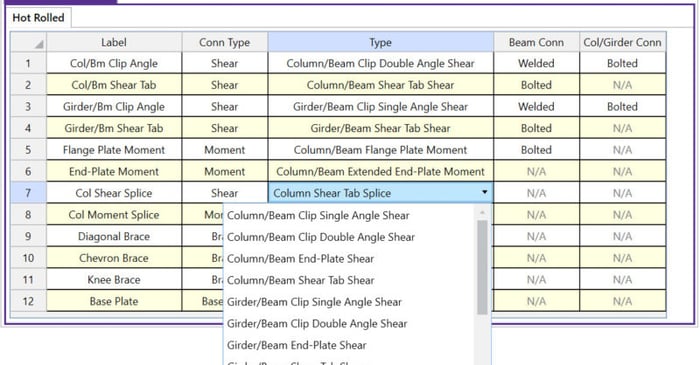
August 22, 2011
How to Define Connections from within RISA-3D
Steel connections can be designed from within RISA-3D using the integration with RISAConnection. Before you start your connection design, you’ll need to define the type of connection and assign the connections to the beams. Just follow these steps in the RISA-3D model:



